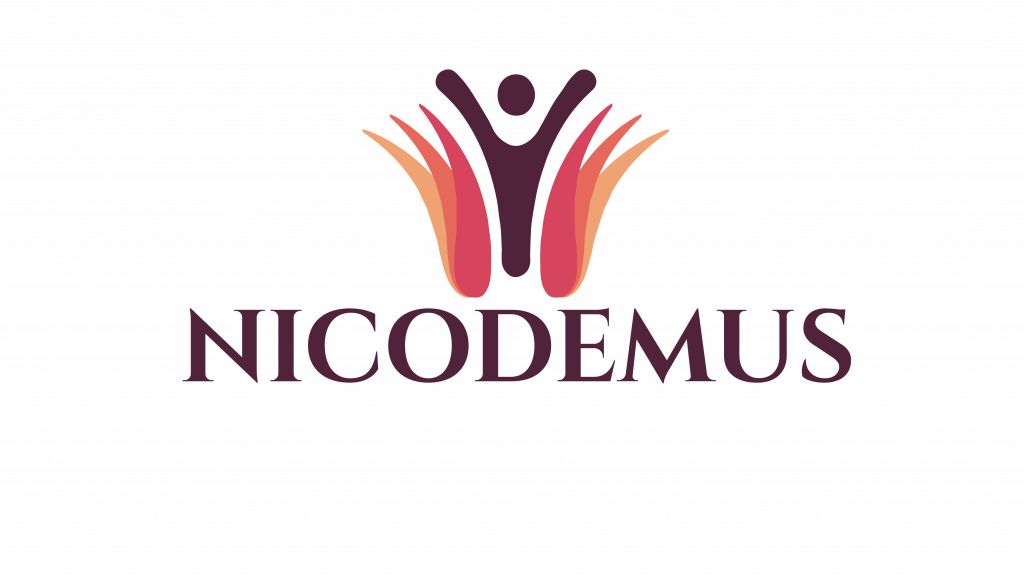In the fast-paced, ever-changing landscape of modern business, leaders often find themselves navigating through high-stress environments. It’s in these intense moments that true leadership is tested and defined. The ability to lead effectively under pressure isn’t just a skill; it’s an art form, cultivated through a blend of mindset, strategy, and resilience. This blog post delves into the core principles of leading in high-stress environments, offering insights beyond the conventional wisdom.
Embrace the Pressure, Don’t Just Endure It
The first step in leading under stress is to reframe how you view pressure. See it not as an enemy to be battled, but as a powerful force to be harnessed. Pressure can bring out the best in us, sharpening our focus and accelerating our decision-making.
Uncommon Insight: Treat high-pressure situations as a crucible in which the steel of your leadership is forged and tested. It’s an opportunity for growth, not just a challenge to overcome.
Cultivating a Calm Mind Amidst Chaos
In the heart of the storm, the leader must be the eye: calm, composed, and clear-headed. This requires a disciplined approach to managing your own emotional responses. Mindfulness, meditation, and breathing exercises are not just wellness buzzwords; they are tools to cultivate mental clarity and emotional stability.
Uncommon Insight: The calmness of a leader is contagious. By maintaining composure, you create an aura of stability that can calm and inspire your team.
Decisive Action with Compassion
High-stress environments often demand quick decisions. However, the speed of your decision-making should not come at the cost of compassion and empathy. Balancing decisiveness with understanding is key.
Uncommon Insight: In high-stress situations, your team needs to know that you care, not just that you can make tough decisions. Show empathy in your leadership, even when actions need to be swift.
Clear, Concise Communication
In high-stress situations, communication can become the first casualty. It’s essential to be clear, concise, and direct in your communication. Avoid jargon, speak plainly, and ensure your message is understood.
Uncommon Insight: Over-communication is better than under-communication in high-stress environments. Repeat key messages and check for understanding to ensure alignment.
Foster a Resilient Team Culture
Resilience in high-stress environments is not just a personal trait; it’s a team characteristic. Cultivate a culture where resilience is valued and developed. This includes encouraging a growth mindset, providing resources for stress management, and recognizing and celebrating acts of resilience.
Uncommon Insight: Team resilience is built in day-to-day operations, not just in moments of crisis. Regularly expose your team to manageable stressors to build their collective resilience.
Learning from the Trenches
Every high-stress situation is a learning opportunity. Conduct post-mortems to extract lessons, not just to identify what went wrong, but to recognize what went right and how to replicate it in future scenarios.
Uncommon Insight: The most valuable lessons often come from the toughest times. Embrace these lessons as gifts that can enhance your leadership and your team’s capabilities.
Leading with Courage and Curiosity
Leading in high-stress environments is a testament to a leader’s courage, adaptability, and resilience. It’s about embracing pressure, maintaining calm, acting with decisiveness and compassion, communicating effectively, building a resilient team, and learning from every challenge.
Remember, the true mark of a leader is not just how they perform in calm waters, but how they navigate the raging seas. Embrace these principles, and you’ll not only survive the storm; you’ll emerge stronger, wiser, and more capable than ever before.

